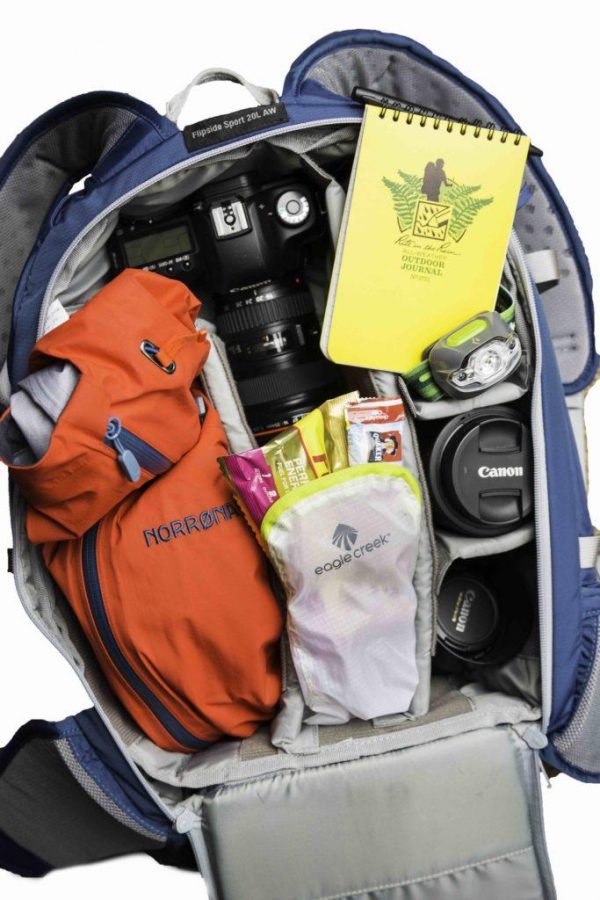The phrase “rollercoaster of emotions” doesn’t take on its full meaning until you arrive at an entirely disappointing location for your much anticipated backcountry trip. The high of bubbly excitement you felt just mere hours ago in the car is replaced by a soddy gray feeling of overwhelming apathy. Sometimes, planning a good outing seems to take more effort than the trip itself, and always looming is the possibility that you picked a cruddy spot. Well, be liberated! These few resources are sure to drastically improve the quality and location of your next adventure.
Google Maps and Google Earth
If properly utilized this tool can be so much more than just your route to the nearest Chipotle. Improved 3-D landscaping and satellite imaging allows you to virtually put yourself in the location before you go. This is a good first filter for potential spots. If the mountain is too steep or river too wide you’ll know right away. Terrain viewing fleshes out the bare bones that most maps provide. Instead of seeing a stack of contour lines squished together you’ll be able to mentally picture the steep slide into the canyon or brutal scramble up to the ridge.
Topozone
The website Topozone specializes in one thing: maps. They pull from the United States Geological Survey to get free topographic maps of the entire country. Just search a location and a slew of maps will pop up for download or print. This gives you a more quantitative look at your selected adventure area as well as a physical copy to take with you.
SummitPost
Once you discover a potential spot, SummitPost will fill in the rest. This site specializes in the logistics of getting you from your couch to tent. They have elevations, distances, suggested routes, hazards, difficulties and every other manner of technical information that may be needed for your trip. Multiple links to different maps are also listed on each location’s page.
Wasatch Mag Online
On our website we have all our stories sorted by season. Whatever the time of year or type of adventure, we likely have a guide to get you started in the right direction. Whether you want to climb the Pfeifferhorn or find the best sledding spots in Salt Lake, we have you covered.
The ideal way to use these resources is from most general to most specific. Check out Wasatch Mag online to find a location that seems appealing, use Google Maps to verify your feelings about it, look at SummitPost to get details about routes and an overview of the difficulty, and then finish by printing maps from Topozone. All that’s left is packing your car, grabbing a friend, and heading for the mountains.
Chronicle Archive Photo



